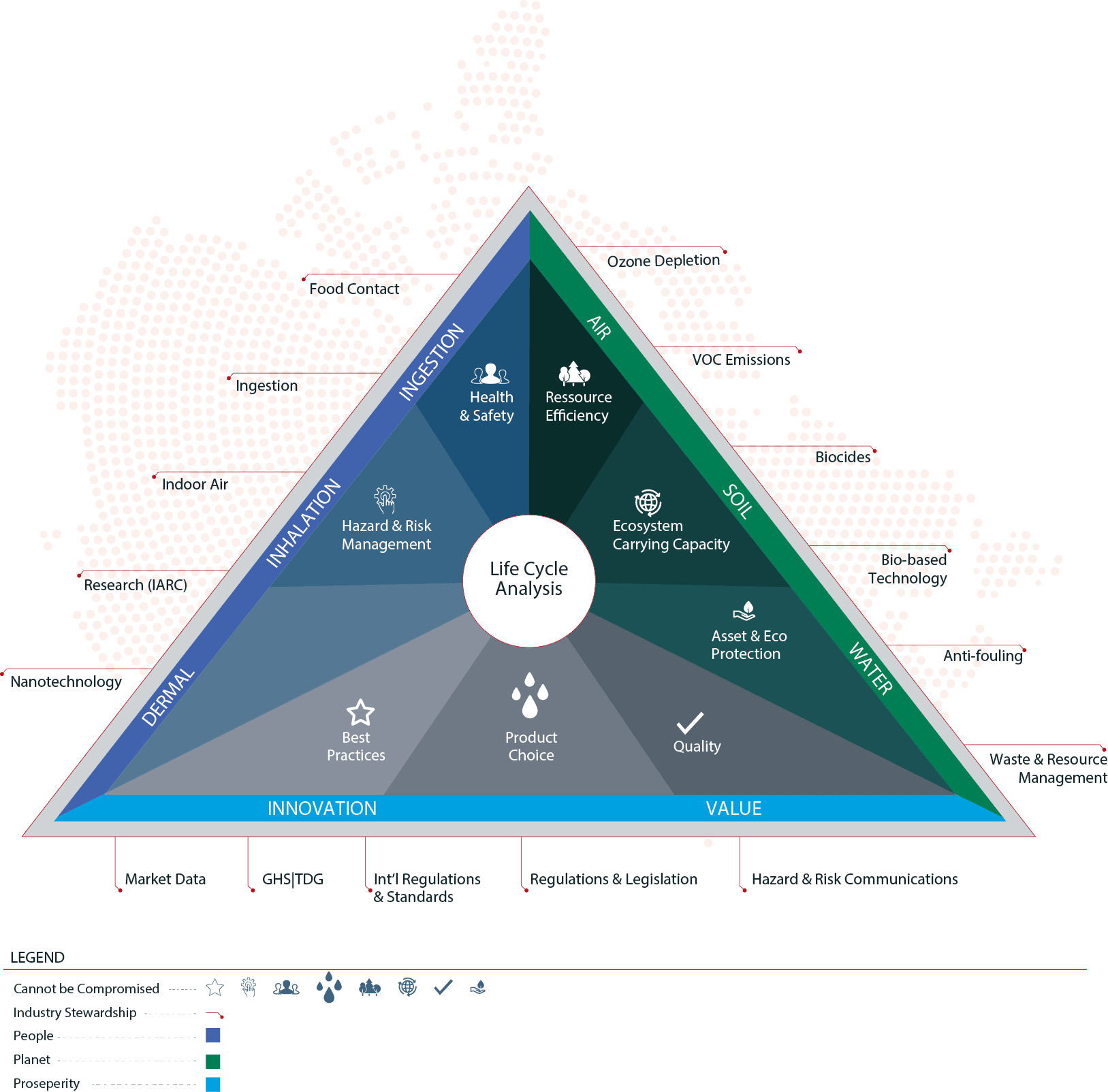Canadian Coatings Regulations
A recent report by the Canadian Chamber of Commerce quoted a Government of Canada study revealing that in 2015 there were 131,754 federal regulatory requirements imposing an administrative burden on businesses, up from 129,860 in 2014. According to the Chamber of Commerce the escalating regulations, “have reduced the productivity and competitiveness of Canadian firms while making Canada less attractive to foreign investment.”
Relevant Acts and regulations in Canada for the paint and coatings industry are noted below. There are also many regulations or amendments to regulations being considered for development under the Chemicals Management Plan currently assessing more than 5,000 substances, out of more than 1530, used in product formulations for paint and coatings products sold in Canada. The process of chemical assessment and risk management of chemicals has never been more complex or challenging than it is in Canada today as the graphic below illustrates.
Chemicals Management Framework

Economic
Regulatory Alignment between the United States and Canada will provide opportunities for economic growth.
Environmental
Sustainability starts in the lab. Regulations and compliance measures are put in place to protect people, places and the planet.
Corporate Social Responsibility
CCA works collaboratively with its Members to ensure they have all the tools and resources needed to stay compliant.
